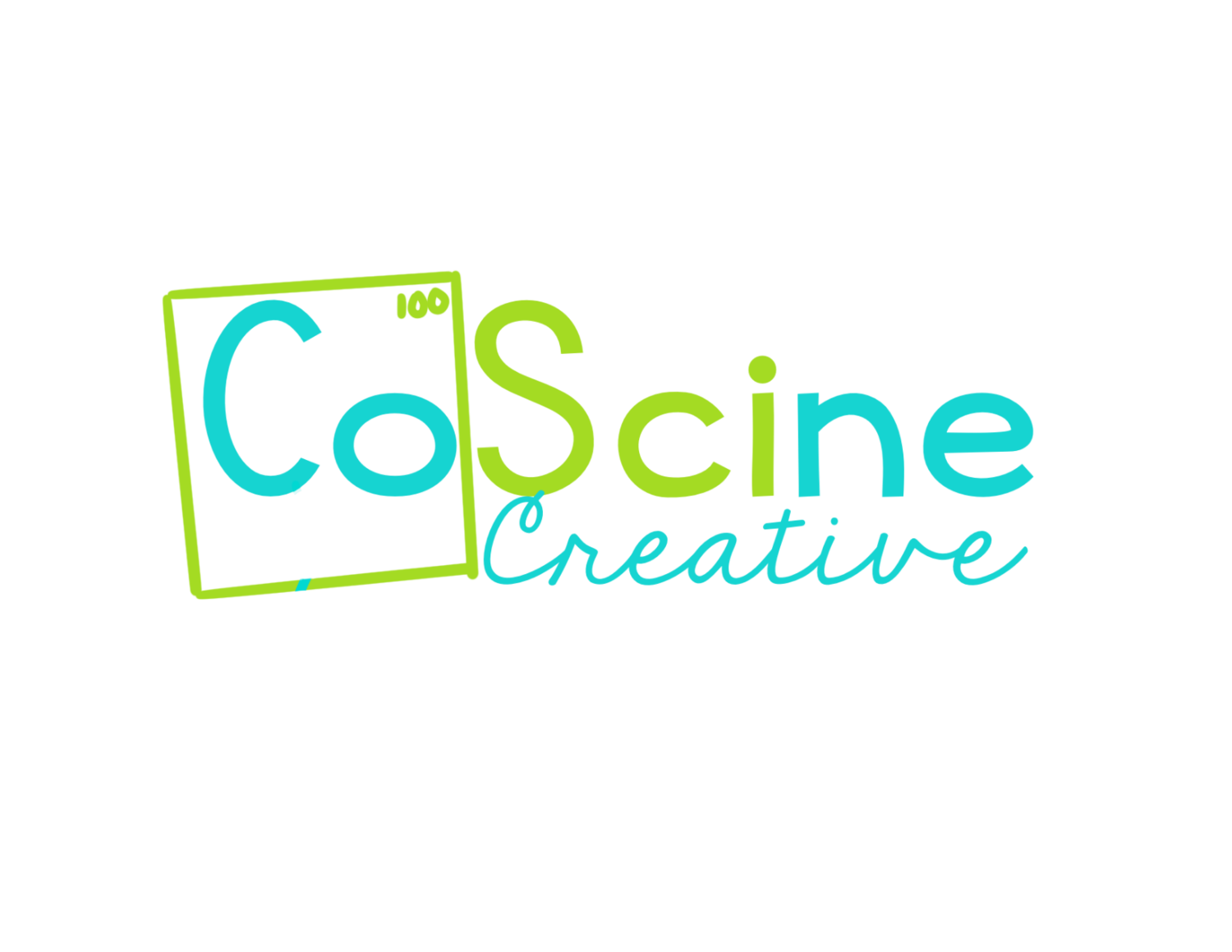2 Hacks Students Must Know to Tell the Difference Between Ionic and Covalent
Do your students come up to you after class and ask, “But, how do I know which one it is?”?
You think back to the 50 minutes you spent explaining this. You wonder why it doesn’t make sense to them. Could you make it even more simple for those struggling students?
Yes. There is a hack that you can use to save your time and sanity. Plus, students will gain understanding immediately.
Read on for the sanity saving tricks.
#1 Are the Two Elements Far Apart?
When confused students come after class, it’s important to calm them down and ease their nerves. If you can get this student to where he or she understands 70% of what you am saying, they will be okay. You don’t want them stuck in the details. You don't want them overwhelmed.
Overwhelmed students learn nothing.
When students are trying to learn ionic and covalent compounds using electronegativity, it’s about the same as someone teaching you how to replace the radiator in your car.
Keeping that in mind, tell students that if the elements are close together on the periodic table the bond will usually be covalent. If the elements are far apart on the periodic table the bond will probably be ionic.
After that, students will blink at you and say, "Really? That's it? That's easy!".
What's more important to you for this chemistry student? That they get the tiny details? Or that they learn that you’ve got their back and will teach them what they need to know about life and chemistry in your classroom?
#2 Is There a Polyatomic Ion?
While you have their attention, tell them that if there is a polyatomic ion, there is probably going to be an ionic bond. If there is an ionic bond, the naming rules will not include prefixes or -ide.
You will also want to make sure they have memorized the polyatomic ions. Check out this blog post for helping them with that.
Best Hacks Ever
Students love these two hacks because it simplifies a complicated topic. They will look at you and think, “Yeah. She’s got our backs. She’s going to make learning chemistry doable.”
And that is so true.
Now, go make ‘em think harder than ever all the while making chemistry learnable, you teacher rockstar you.
Hint: All my "Intro to..." worksheets are color coding worksheets.







